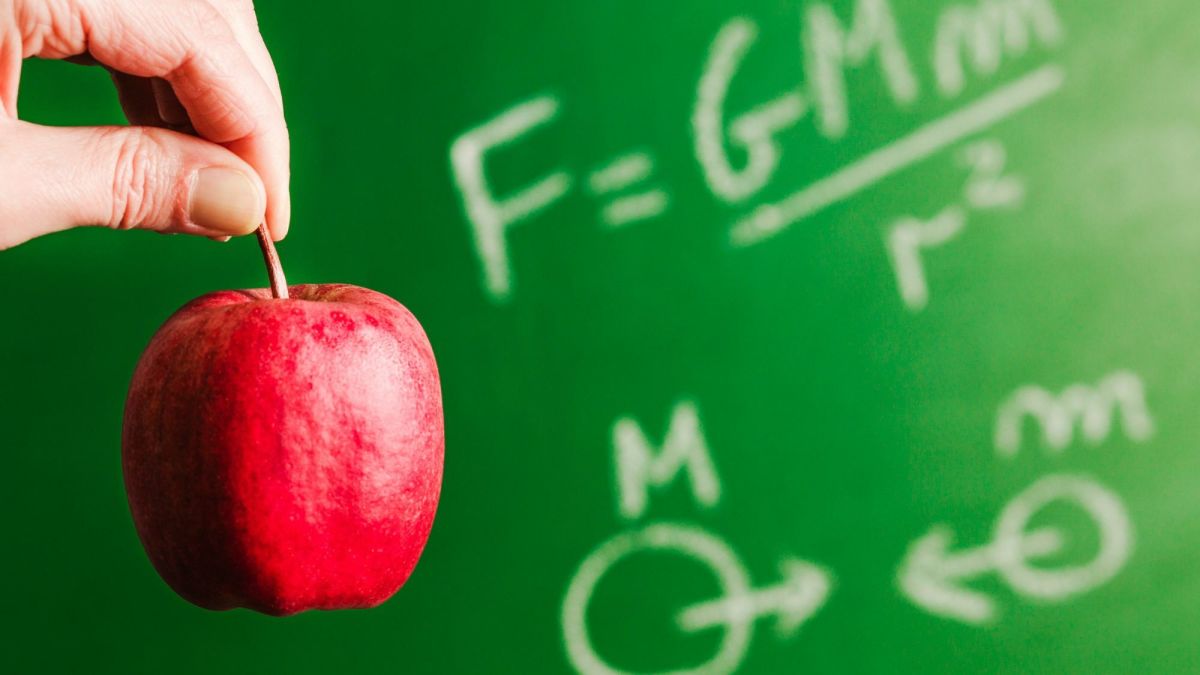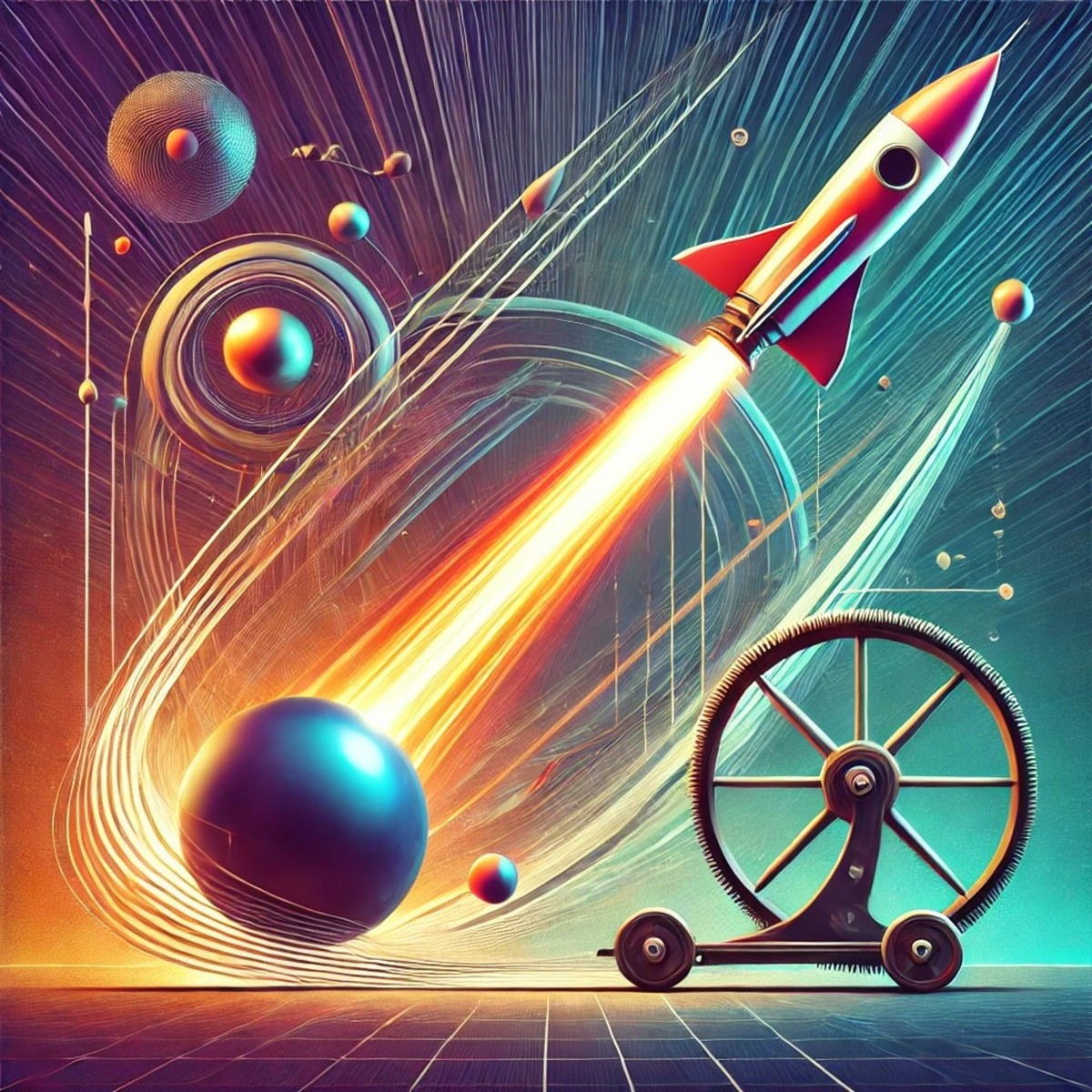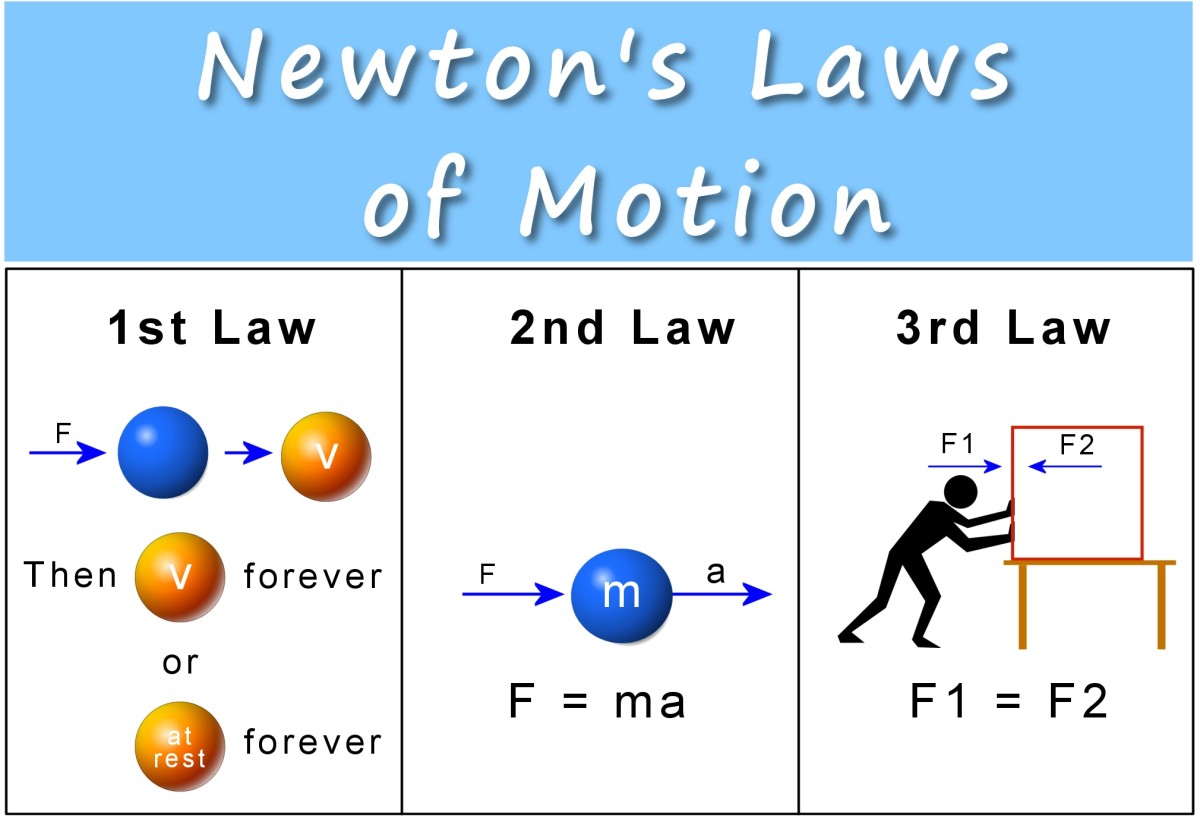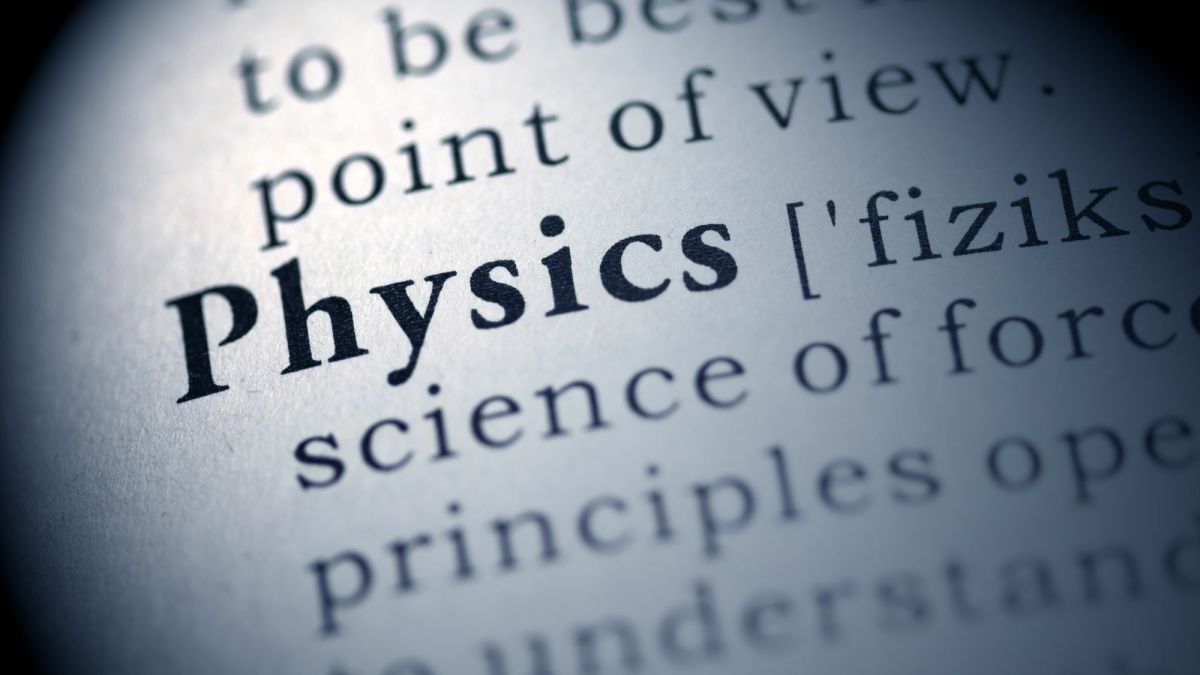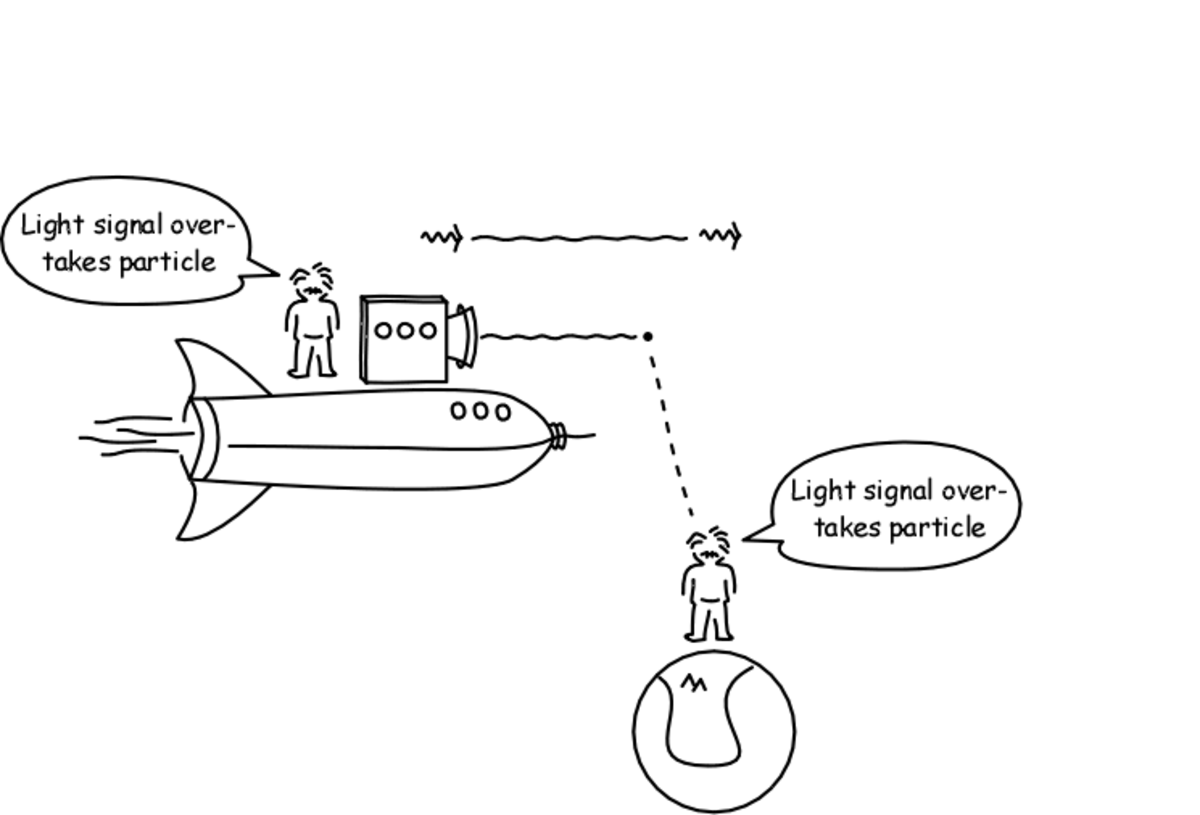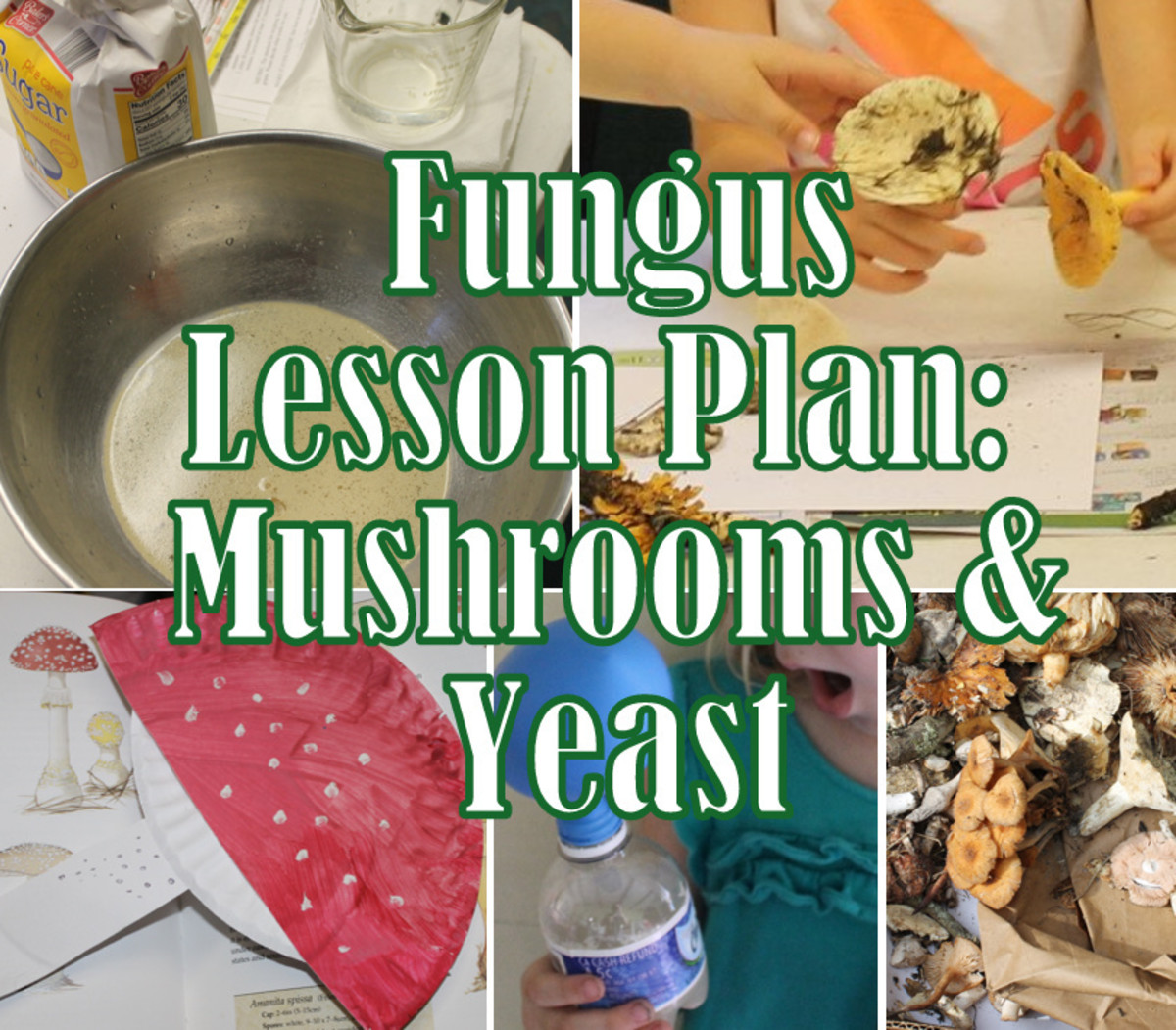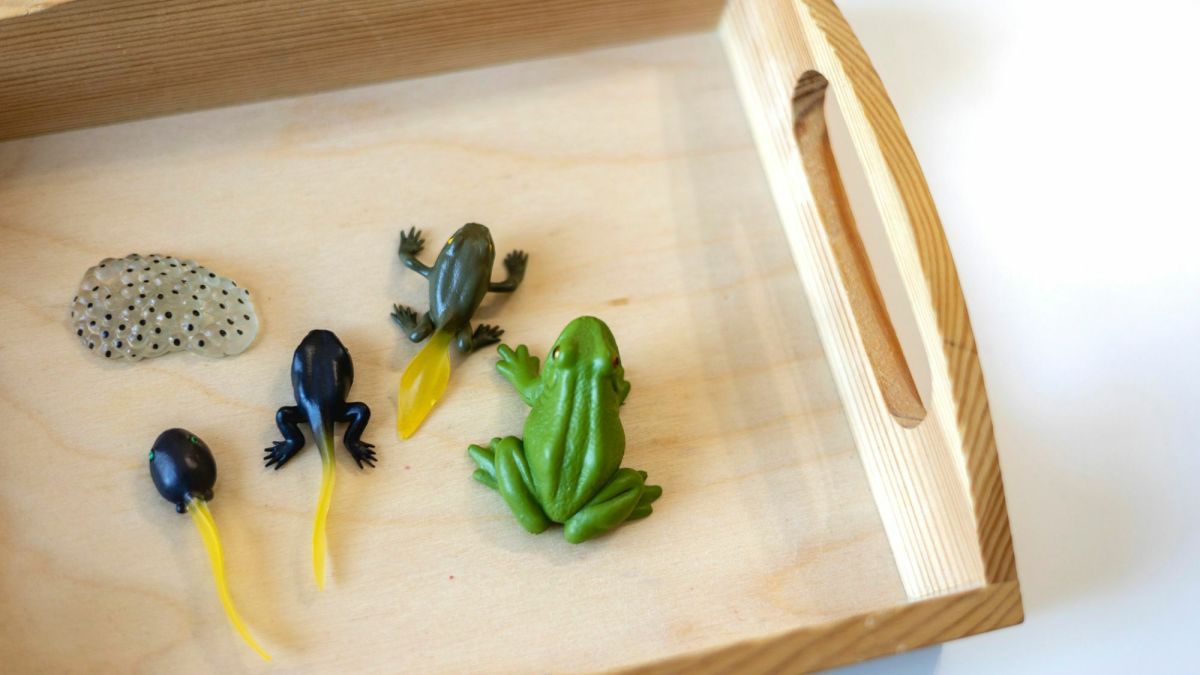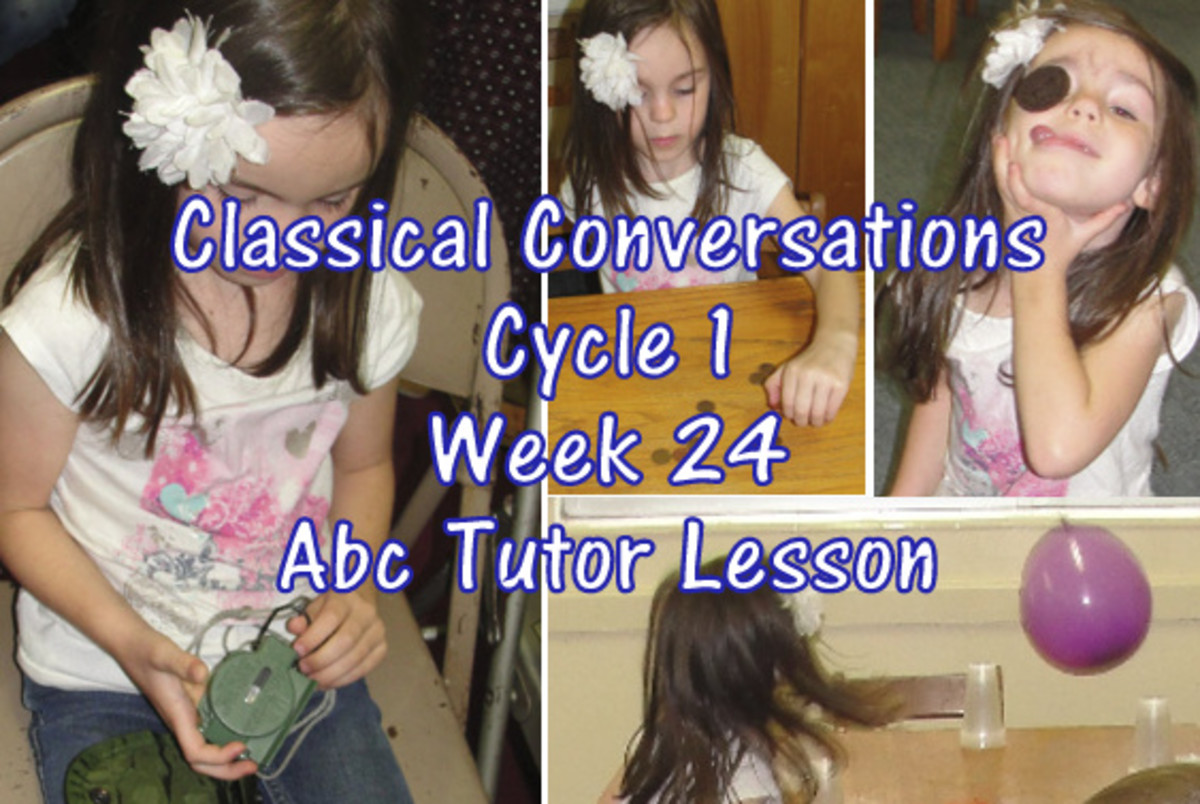- HubPages»
- Education and Science»
- Teaching»
- Lesson Plans
Teaching Kids About Motion (in Physics)
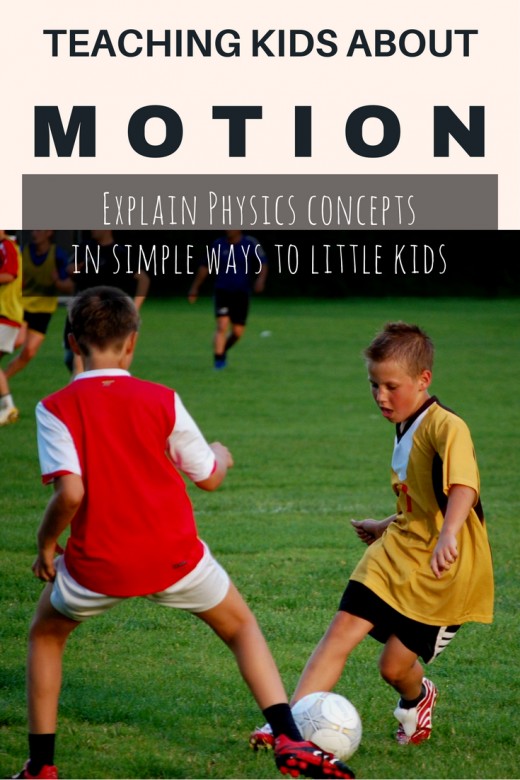
Motion in Physics is a difficult subject which grown-ups don't really like not to mention explain to their kids. I, myself, am not an expert of this subject matter and I don't fully know the different concepts in this field of study. But this doesn't mean that little kids cannot learn this. In fact, it must be taught to them even while they are young to set the foundation for them to understand the harder concepts when they grow up. At their stage, science concepts may be taught in very simple ways which are easy to understand. I hope that by using this hub, we can teach our kids the basic concepts of motion and help them better understand the world around them.
All Things are Moving
Motion is a part of daily life. A child has been moving since the day he's born - he nods, kicks, claps, rolls, crawls and walks. As he grows up, he explores more of the things all around him and how they work. One of the exciting concepts which a child could learn in relation to Physics is motion. How can we teach kids, especially the little ones, about motion?
1. Moving bodies. One way to do this is to show them how their body moves. You can do this by simply pointing out to the different parts of the body and asking them to move each part. It's also a great way of giving them some exercise.
2. Moving objects. Aside from showing them how their body moves, you can show them how other things move. You can use simple things in the house like a ball, a toy car, a top, the door, hula-hoop, etc. Show the child how each object moves. As an activity, you can also ask them to cut out pictures from magazines that show movement and make a collage.
3. Moving animals. Different living things move in different ways. It will be interesting for the child to learn how different animals move. Show some pictures of animals and let the kids imitate how each one moves.
I Can Move My Body
Teach the children about how their body moves by singing and acting to the tune of this song.
Force Makes Things Move
When we talk about motion, a related concept that the kids should know about is force. Force makes things move. Motion or changes in motion do not just happen. They need force. How do we explain force to kids?
Explain to the kids that force is simply defined as a push or a pull. It can make things move faster or slower. It can also make motion stop. The best way for kids to know what force is to demonstrate how a push or pull works. Get a toy car and push it to let it move. Another way is to get a ball and kick it. Let the child kick the ball back to you and use your feet to stop it to show that force can stop a moving object, too. A third way to show a push or a pull is when you close or open something like the door.
After explaining, allow the child to think about other instances of applying force or doing a push or a pull.
What's a Push or Pull?
Help the child understand what's a push or pull by watching this video.
The Push and Pull Song that my kids can sing over and over again.
Newton's Three Laws of Motion
Sir Isaac Newton is one of the greatest English mathematicians and scientists in history. He published the Three Laws of Motion in 1687 to explain how the physics of motion work. How can we explain Newton's Three Laws of Motion to kids?
1. Law of Inertia. An object will stay at rest and a moving object will stay in motion unless a force acts upon it. This tendency to remain at rest or in motion is called inertia. To explain, place a book on the table. Ask the child if the book moved? It doesn't. I won't move until somebody uses his force to move it. Again, let a ball roll. According to the law of inertia, it will keep rolling unless another force acts on it. If you have a bike, ask the child to ride the bike and start pedaling. Then, ask the child to stop pedaling. See how the wheels of the bike keeps moving?
2. Mass and Acceleration. The amount of force and mass (amount of matter in an object) have something to do with the speed or how fast an object moves in a certain time period. This law says that the more force you apply, the faster the object it will move. This can be illustrated by giving a toy car a soft push then a hard push. The toy car will move faster and further when pushed harder. This law also says that a heavier (more mass) object will move slower and not far compared to a lighter (lesser mass) object. To illustrate this, get two toy cars, one is big and the other is small. Push the two cars using the same amount of force, which one goes farther? The smaller car, right? The same lesson can be taught using a big ball and a small ball.
3. Action and reaction. This law says that when you push an object, it pushes back. For example, ask the child to sit on a chair. The child puts force on the chair because of his weight but the chair pushes back by keeping the boy seated and not fall. Another example is when a ball hits the ping pong racket. The ball pushes the racket and the racket pushes back so the ball bounces back. Nothing seemed to happen to the ping pong racket because it is heavy and the push of the ball on it is not strong enough.
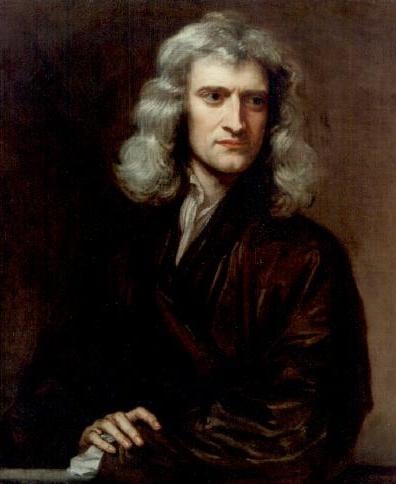
Newton's Three Laws of Motion Video
Watch this video with a good number of applications to explain the three laws of motion by Isaac Newton.
Friction and Gravity
There are two other words which are commonly discussed when talking about motion and that is friction and gravity.
Friction is the force between two objects that are rubbing against each other. It acts in opposite direction to motion so it tends to stop or resist movement. To explain, push a toy car across the wooden floor. The tire of the car rubs against the floor so it produces friction which slows down the car. Now, push the car across a carpeted floor. How far did the car move? It didn't move that far, that is because the carpet produces more friction with the tire compared with the wooden floor. You can try other types of surfaces for understanding this concept.
Gravity is the force that pulls objects towards the center of the earth. It was discovered also by Sir Isaac Newton when he saw an apple fall from the tree towards the earth. Prepare objects which are not breakable like the ball, book, pillow, etc. Ask the child to hold the object up in the air and release it. What happened? All the objects fall to the ground. Why? Gravity.
The Story of the Apple
They say that Sir Isaac Newton got the best idea ever about the theory of gravity upon seeing an apple fall from its tree. It may not have happened in the same way as the video above but you get the picture.
Helpful Resources
- Physics4Kids.com: Motion: Introduction
Explains simply the idea of motion which kids can understand. Use the quiz afterward to find out whether the kids understood the subject matter. - BBC - Schools Science Clips - Friction
An interactive track on which children can explore the effect of friction with different track surfaces. - BBC - Schools Science Clips - Pushes and pulls
An interactive KS1 Science activity in which children aged 5-6 can explore the effect of different strengths of pushes and pulls on an object. - Push or Pull worksheet
An activity sheet where kids can identify if the picture shown is a push or pull. - BBC - Schools Science Clips - Moving and growing
An activity in which children aged 8-9 can watch how different animals move and then try to label parts of their skeletons.

